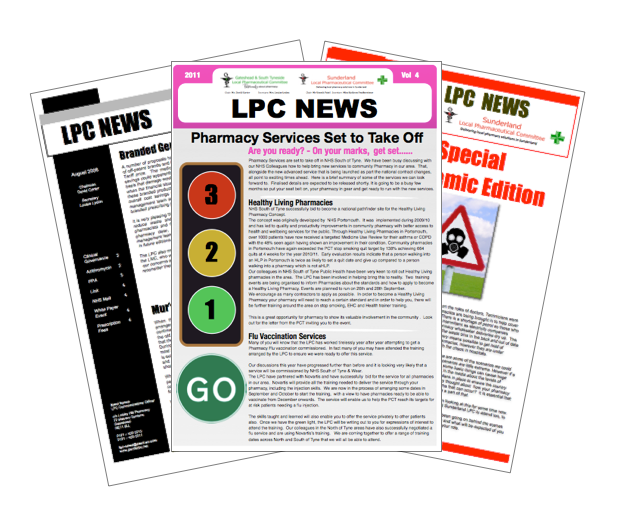
This followed changes to the Secretary of State Directions which allowed pharmacy technicians to start performing blood pressure checks under the service.
CPE (Formerlay PSNC) has updated the service page on their website to reflect the changes and updated resources. Below is a summary of changes to the service which we think Pharmacy teams need to be aware of.
Summary of changes
The key changes in the service specification are highlighted in yellow within the new spec document and they summarised below:
- Inclusion of pharmacy technicians as professionals that can provide the service;
- Clarification that people with a high systolic and normal diastolic reading or a high diastolic and normal systolic reading should be recorded as a high blood pressure reading;
- Clarifications on the timescales for communication of results to the patient’s general practice (and others, where clinically necessary) to include local agreements related to how this information is communicated;
- Adjustments to the advice related to patients identified with ‘very high clinic blood pressure’;
- Removal of the requirement for ambulatory blood pressure monitoring (ABPM) to be carried out over 24 hours to bring the service requirements in line with NICE guidance. It can now be undertaken during the person’s usual waking hours;
- Adjustments to the advice following identification of stage 2 hypertension after ABPM;
- The retention period for data supplied to the NHSBSA’s MYS portal has been confirmed as three years;
- On withdrawal from provision of the service, pharmacy owners will be asked for their reason for withdrawing;
- Pharmacy owners will not be eligible for the setup fee if they withdraw from provision of the service within 30 days of signing up to provide it;
- There are now separate service flow charts for each part of the service in annexes B to D;
- Annex E includes a summary table of actions to be taken dependent on the blood pressure results; and
- The dataset that will be required to be submitted to the NHS Business Services Authority’s Manage Your Service when the application programming interface is in place is included in Annex F.
Read and download the service spec
Review the updated CPE resources
IT Development
We would also like to draw your attention to the IT developments for this service.
NHS England has announced that pharmacy owners will need to use an NHS approved clinical IT system to make their clinical records and payment claims for the Hypertension case-finding service from 1st September 2023.
To begin with, it is expected the following four IT suppliers will develop their systems to include functionality to support the service, but over time, it is hoped other suppliers will add the service to their systems:
System and supplier
HxConsult (Positive Solutions)
Pharmacy Manager (Cegedim)
PharmOutcomes (Pinnacle Health)
Sonar health (Sonar informatics)
NHS England will issue further communications regarding the readiness of the IT systems ahead of the 1st September 2023 deadline.
Pharmacy owners providing the service will need to consider which system they want to use and will then need to enter into a contract with that supplier.
All service provisions within June, July and August 2023 should be claimed by the current manual MYS process by Tuesday 5th September. Claims at a later date will only be possible via one of the approved IT systems.
Further information on this change
When the Hypertension case-finding service was first launched in October 2021, the ambition was to develop IT systems that would support provision of the service.
These IT systems will allow pharmacy teams to make a clinical record for the service and the data in the record will then be used by the IT system to populate a claim for payment within the NHSBSA’s Manage Your Service (MYS) platform.
This means pharmacy owners will not need to manually transcribe data from their records into MYS, as is currently the case. The new approach mirrors what already happens for the Community Pharmacist Consultation Service and the Flu vaccination service.
The transfer of data to the MYS platform will be via an API (Application Programming Interface) to automate payment claims and reporting of the data to the NHSBSA.
 RSS Feed
RSS Feed
